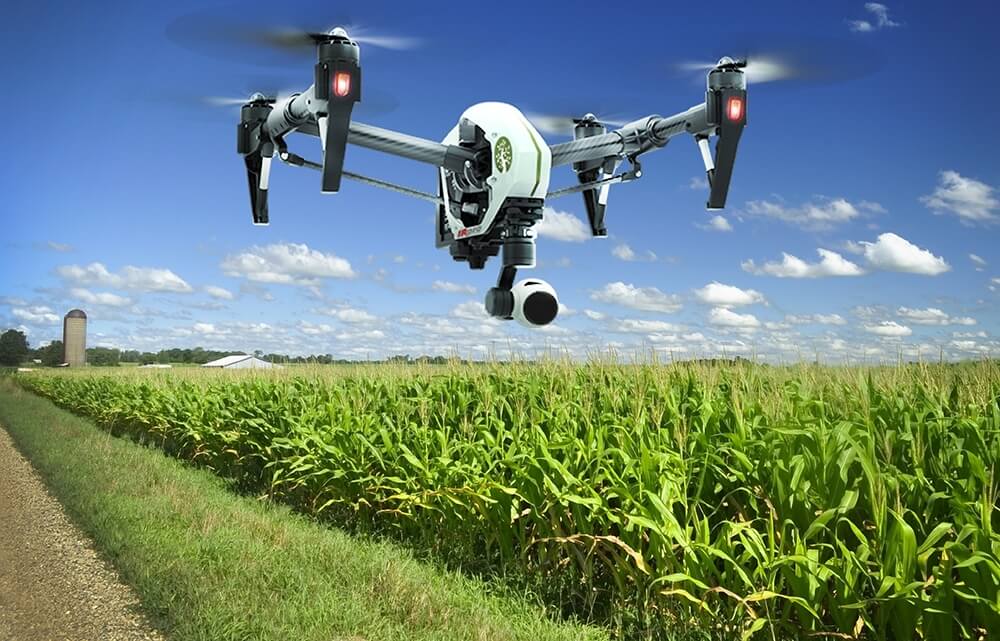



High-tech horticulture is being used in metropolitan locations around the world for a variety of reasons, including economic development. Community involvement and environmental advantages are two things that come to mind when thinking about this project. Vertical farm systems, container farms, and other similar systems are now being witnessed on a global scale. According to latest statistics, Australia has lagged behind the rest of the world. Thus, the nation needs to pursue high-tech horticulture for a variety of reasons. High initial capital investment, for example, is a hurdle. Nevertheless, there is a rising curiosity in how high-tech horticulture works.
Urban agriculture is sometimes overlooked in urban planning and laws. Despite requests to incorporate farming into urban design, food production has been pushed to the perimeter of cities and rural regions. This is notably obvious in Australia, where peri-urban residential expansion has resulted in market gardens being relocated to more rural areas. High Technology Urban Horticulture, also recognised as, HTUH is not integrated into development projects or planning procedures in Australia (particularly conventional Local Environmental Plans).
In Australia, there is far too little institutional support for HTUH. Examples from Paris, Shanghai, Singapore, and Amsterdam show how an HTUH sector may be fostered and managed on a global scale.
Some of the lessons learnt from the international models are:
While Australia lacks the institutional backing for HTUH which other international cities have, progress has been made in integrating green spaces into urban policies and strategies. Here, green areas are emphasised in the design framework for New South Wales. The framework lays out a roadmap and potential approach for incorporating HTUH into urban planning.
To pay the massive startup and operating costs of HTUH business models, a premium price for the product must be set
In Australia and abroad, operators have concentrated on:
Although there are challenges that limit the expansion of HTUH in Australia currently, there are emerging trends that provide opportunities for the rapid spread of HTUH.
Article by: Hari Yellina (Orchard Tech)